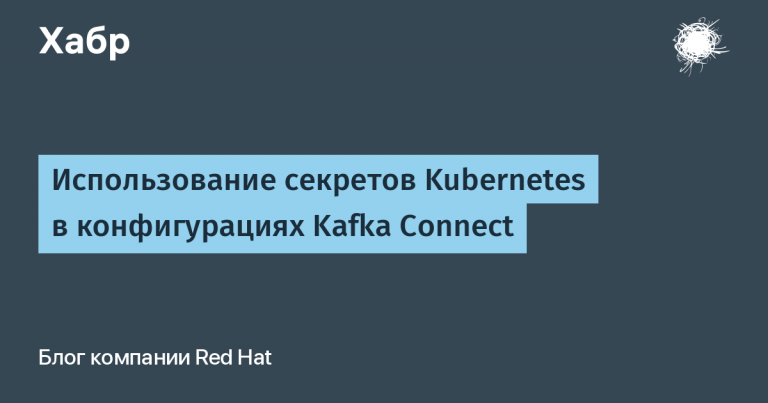Staking and restaking
At the dawn of cryptocurrencies, their basis was mining – a process of senseless enumeration of zeros and ones, which nevertheless ensures the security of the network and maintains consensus, ensuring that all participants agree with the state of the blockchain and the sequence of transactions. At the same time, mining has a number of serious disadvantages:
energy consumption (bitcoin network consumes as much electricity as Poland),
centralization (two thirds of bitcoin's computing power have to into three pools),
high equipment costs (expensive mining equipment is only good for mining),
low speed (there is not a single fast cryptocurrency on Proof of Work).
All this became clear a couple of years after the launch of Bitcoin, and at the same time a new consensus mechanism was proposed, which was called Proof-of-Stake (PoS). It was proposed that voting rights in a decentralized network should be given to all its participants in accordance with the share of all the coins they own (in mining, only computing power matters). The PoS mechanism was modified, but the essence remained the same: in order to participate in the work of the blockchain and receive a reward for this, the user needs to freeze some part of his currency. This process is called staking.
Staking
To stake your cryptocurrency you need to either become a validator (start a server that will process transactions), as is implemented in Ethereum, or delegate your assets to other validators, as in the Avalanche network. In any case, staking is the safest way to earn income from your cryptocurrency, since you can only lose your funds if something happens to the blockchain itself.
Liquid Staking
In spring 2023 took place the transition of the Ethereum network to the PoS algorithm and today more than a quarter of all ethers are blocked in the blockchain, which is tens of billions of dollars. And the smart guys asked themselves the question, why should such a huge amount of money be frozen if it is possible to issue new tokens for use in DeFi using the staked ethers as collateral? This is how the idea of liquid staking was born. The pioneer in this industry was the service Lido Financewhich allows you to exchange any amount of ETH for the stETH token. With this approach, users get the opportunity to participate in staking (making a profit from it, because stETH always grows in price relative to ETH) and at the same time maintain the ability to trade your assets.
Restacking
Closer to 2024, a new idea was born: we block our coins, in exchange we receive liquid staking tokens, and these tokens can be blocked again. This is how restaking appeared. It is needed to protect new protocols that do not have the ability to attract liquidity to maintain the security of their network. In this case, services such as EigenLayerprovide developers of small blockchain applications with the necessary infrastructure, and give users the opportunity to earn an additional percentage from regular staking.
Liquid Restacking
The idea is the same: why block liquid tokens when you can issue new tokens for use in DeFi using them as collateral? The most prominent representatives of liquid restaking are protocols such as Ether.fi, Renzo, Puffer Finance. These services accept assets from users and place them in restaking protocols, issuing wrapped tokens in return (weETH, ezeETH, pufETH), which earn interest and can be traded.
In conclusion, despite the complexity of liquidity add-ons, staking and restaking play a vital role in the cryptocurrency ecosystem, ensuring network security and creating new opportunities for investors. The introduction of these mechanisms contributes to the development of the crypto industry and the adoption of digital assets in the world.
Source: t.me/defiver





